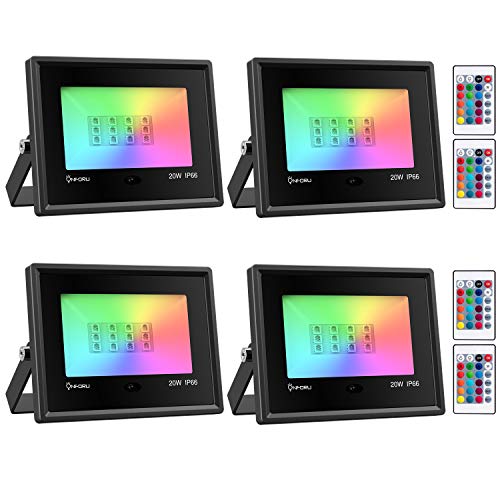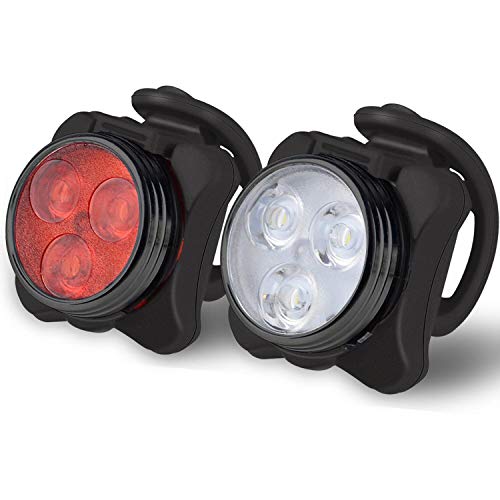Led Light Specification & Price in Nigeria


According to the United States Department of Energy, residential LED lighting uses 75% less energy than the incandescent alternative.
Over time, that can result in an astronomical amount of saved energy if you equate all of the homes using LED lighting in the world. And with the popularity of LED lighting constantly growing, many different types of LED lights have been created over the years.
Keep reading to learn more about the various types of LED lights, including what they’re used for, their benefits, and how they compare to other types of lights.
1. Mini LEDs

Given how the technology surrounding LED lighting has become highly advanced over the past decade or so, these lights are getting smaller and more compact. That being said, one of the more common types of LED lights today is miniature LEDs, which include chip, nano, and pico LEDs.
These lights are extremely small and typically come in a single color or shape. The common applications where we see these miniature lights are in remote controls, calculators, and mobile phones.
And given the less complex design and minuscule size, these lights can easily be placed onto a circuit board without needing a device used to control heat. This makes these lights perfect for technologically advanced industries across the globe.
In addition, it’s important to note that these lights come in three different types:
- Standard
- Low-current
- Ultra-high output
No matter what type you utilize, finding a solution is possible based on your specific needs; they all vary in terms of voltage, current, and total wattage.
2. Application-Specific LEDs
LED lights can be constructed in a way to solve the specific needs of the device or user. That being said, application-specific LEDs are very common, given their ability to be personalized accordingly. However, these application-specific LEDs are categorized into the following types:
- Lighting
- Alphanumeric
- RGB or Red, Green Blue
- Bi-Color and Tri-Color
- Flashing
3. High Power LEDs

As the search for more power has resulted in the expansion of the LED industry, high-powered LED lights were created to suit the needs of people worldwide. Due to the increase of technology surrounding diodes, high-power LEDs were born.
These LEDs produce a far higher output than other types on the market thanks to their ability to provide a higher number of lumens. Additionally, it’s important to understand that these high-powered lights can vary based on their:
- Luminosity
- Wavelength
- Voltage
So we know what you’re thinking—with all of this power in such a small device, won’t these LED lights overheat? To limit the heat generated by these powerful lights, it’s always recommended to have these LEDs connected to a heat-absorbing material, which can help to keep the rising heat at bay.
This will prevent the LED from burning out, and it also allows it to work effectively for longer periods of time. So if you’re in the market for a high-powered LED light, then you should absolutely consider what you will utilize for heat control.
The light should come with a user guide that helps you understand the temperature limits of the device, so it’s best to pay close attention to this to stay safe and extend the lifespan of your LED light.
Even if the lighting company claims that their LED lights are high-powered and will work forever with no issues, you should always use caution and ensure that you have a proper balance of heat output and heat control. This can ensure:
- Better use of your lights
- Less energy wasted
- Peace of mind
- Less unwanted temperatures around these lights
- A lower chance of starting a fire
- A longer lifespan for your lights
- More efficient use
Although these high-powered lights put off a lot of heat and can be dangerous, the technology surrounding these lights has come a long way, and they are very efficient and safe in this day and age.
You’ll typically find these LED lights in high-powered lamps, headlamps, car headlights, and in industrial and mechanical applications.
4. Alphanumeric LEDs

This is another popular form of LED lighting typically seen on older digital clocks. However, their popularity has decreased over the years due to advancements in the industry.
Different types of LEDs today use far less energy and have more flexibility in terms of visuals. But to really understand alphanumeric LEDs, it’s important to understand the four different types out there, which include:
a. 7-Segment LED
This type of alphanumeric LED can only handle a specific set of letters and all of the numbers. This makes the ability of this type a bit limited, but it can still be very useful.
b. 4 and 16-Segment LED
These types also referred to as star-burst displays, work effectively given that they can cover the whole Roman alphabet in uppercase, including having the ability to display numbers 0 through 9.
The 4 and 16-segment types are essentially the same, but the only difference is that the 16-segment model has a break on the top and bottom bars, enhancing the visuals of how the characters appear.
c. LED Matrix
Matrix is the smartest and most flexible type of alphanumeric LED. It can handle lowercase words, uppercase words, every single number, and many symbols as well.
5. Lighting LEDs

LED lights are now used throughout the home including as many types of ceiling lights like this.

LED lights are also widely used in all types of lamps.
Of course, lighting LEDs are the more commonly known type of LED light. That being said, there is a diverse range of sizes and shapes of lighting LEDs. Some examples include illuminators, LED bars, and LED lamps.
But as we stated previously about other LED lights, heat is also a problem here. However, many manufacturers have found solutions to help combat this heat issue.
They’ve used ceramic and aluminum bodies around these bulbs that involve fins that expand the area in which heat can escape from. And given the wide variety of purposes and the different applications that use this type of lighting, the forms of heat control vary greatly for LED lighting.
6. Red, Green Blue (RGB) LEDs

These LED lights work with a combination of red, green, and blue emitters. These three lights are combined in various ways to produce the requested color appropriately. And given these controllers’ sophistication, essentially any type of color can be created by RGB LED lights.
This type of LED light is one of the most flexible types available, thanks to the amazing control in the user’s hand. This works because electronic circuits are used to control the diffusion and mixture of colors.
Given this high level of control and customization, RGB LEDs are commonly used as status indicators. Accent lights, and for light shows and video displays. The uses and capabilities of these lights vary greater and can be used in many different applications.
7. Flashing LEDs

This type of LED lighting is commonly used to grab the attention of people. Although these lights might look like your standard LED, the inside mechanism of these lights is more complex. These lights work with the help of an integrated circuit, which flashes the appropriate light at a requested frequency.
These types of LEDs are very easy to use, and many can hook up to a direct power connection without needing a series resistor. These LEDs are commonly used for light-up signage and are also used by vehicles and bicycle lights.
8. Bi-Color and Tri-Color

A few other similar types of LED lights are bi-color and tricolor models. Inside a bi-color LED light are two light-emitting dies, including three leads and a common cathode or anode.
In addition, bi-color LEDs utilize inverse parallel wiring, which is when one of the wires is forward, and one is backward. That being said, only one die can be on at any given moment.
In order to produce the various colors is made possible by the flowing current alternating between the two separate dies. If you increase the alternate flowing current of a higher frequency, a third color can be produced, and it will appear as if the two lights are powered on simultaneously.
As for tri-color LEDs, these also work with two light-emitting dies in a single casing. However, the difference here is that tri-color lights involve three leads with two outer leads at either side of a central lead.
This construction allows both dies to be lit simultaneously or separately, resulting in the ability to display the third color. Additionally, while we discussed the common design that uses only a cathode, there are tri-color types out there with both cathode and anode configurations.



